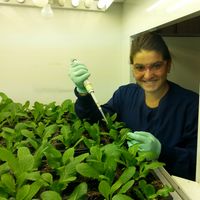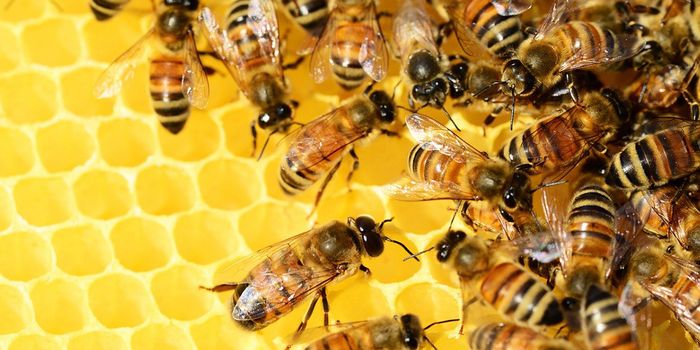The term "gene drives" refers to the ability of specific genes to "drive" themselves as well as nearby genes through populations over many generations. These genetic elements are able to spread even if they reduce the fitness of individual organisms. The gene drive concept was first introduced in 2003 by Austin Burt of the Imperial College of London where he proposed that gene drives could be used to alter or suppress certain traits in wild populations.
Gene drives have the ability to benefit human health by altering insect populations that spread disease including malaria, dengue and Lyme disease, so that they can no longer spread these diseases to humans. For example, research published in PNAS describes how scientists used gene drive to ensure that an engineered mosquito would pass on malaria resistance genes to nearly all of its offspring. Although gene drives show great promise for eradicating disease, they remain controversial due to the potential they hold for altering entire ecosystems. Much more research needs to be done before genetically engineered species are released into the environment.
Sources: Risk Bites; Harvard University; Sculpting Evolution; Nature








